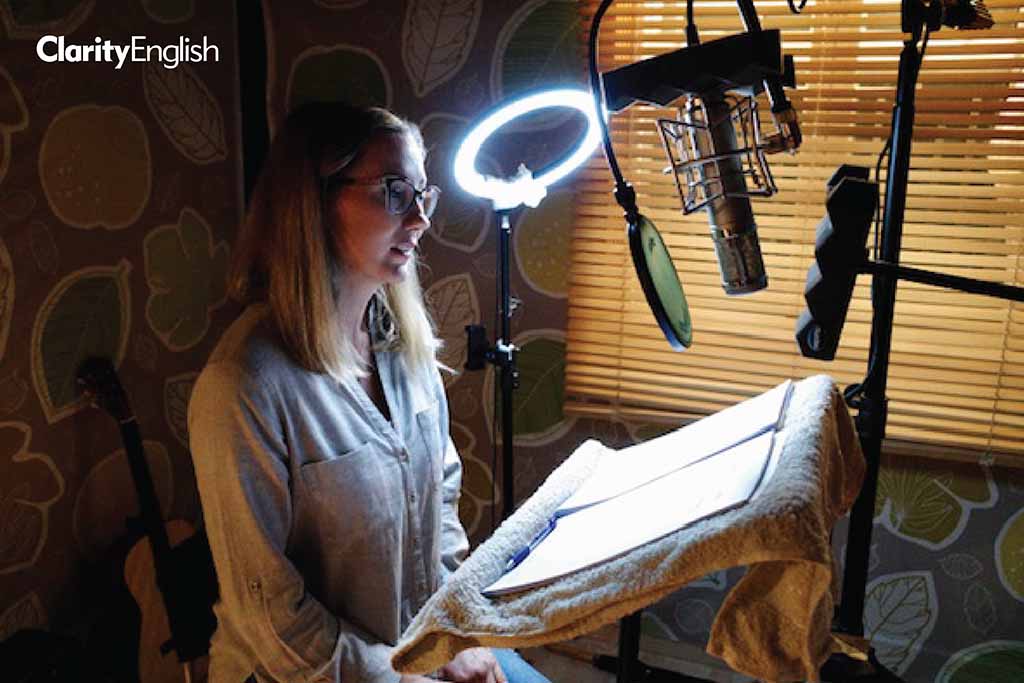In 2013, a study by psychologists Brown and Treviño argued that having role models directly impacts not only how you perceive yourself but, just as importantly, how others perceive you. As teachers we should understand that this concept often underlies the learner’s flawed approach to improving their English pronunciation.
Many successful learners identify themselves with a role model who speaks the target language: an actor perhaps, or a sports star. They want to talk like them — not just to say the same things they say, but to say them in the same way. This is a great motivator. Equally, though, they may judge themselves, and consider themselves judged by others, against this impossibly difficult ideal. So how can we be sensitive both to the aspiration and to the mistaken belief that a native speaker accent is a sensible or realistic goal?
This was the question we asked ourselves as we started conceptualising the new version of Clear Pronunciation. Let’s look first at how we approached the productive model.
We are now at the point technically where you could choose your hero’s voice as your pronunciation model. Alexa has purchased and synthesised the voices of a number of celebrities: Samuel Jackson, Gordon Ramsay, Rebel Wilson, Cardi B and Anthony Hopkins. And while the mind boggles at the thought of helping a generation of students to speak like Nick Fury or Dr Hannibal Lecter, Amazon is surely correct in choosing a variety of dialects: British, North American, Australasian.
So the starting point in this version of Clarity’s program Clear Pronunciation is to enable students to choose between three accents: Standard British, General American or General Australian English. The beauty of this approach is that others can (and will) be progressively added: Indian, New Zealand, Singaporean and so on, and regional accents too. When the student first goes into the program, there is an option for them to choose their target dialect.
The student goes through a series of activities: recognising the phoneme; discriminating between similar sounds; repeating each sound in isolation, in words and in sentences; associating the sound with its IPA symbol. The content is broadly the same across dialects, though there are some differences in vocabulary and spelling.
What about recognition? Here we have two goals, the first of which is to prepare learners for real life. Take university students. A university department that 30 years ago was staffed by native speakers is now likely to have lecturers from a whole variety of language backgrounds. So in each unit we have an activity called ‘Sounds in action’. We want learners to grasp that pronunciation is not academic or theoretical; it is practical. That’s why we bring the pronunciation focus onto a range of texts spoken in a wide variety of accents. We include speakers from Argentina, Germany, the Philippines, Singapore, India, and many more places.
What used to be known as TEFL is now TEIL, Teaching English as an International Language (the word “foreign” has been deservedly removed). By exposing our students to a variety of accents from around the world, and by encouraging them to engage with those speakers, we prepare them for the English they will hear day to day. But also, and this is the second goal, we help them to move away from the notion that they should measure their pronunciation against that of a native speaker.
The new version of Clear Pronunciation will be published in September 2020. Get in touch if you are interested in a trial.
Further reading:
Reading is the new Speaking
Practical Writing now on mobile

